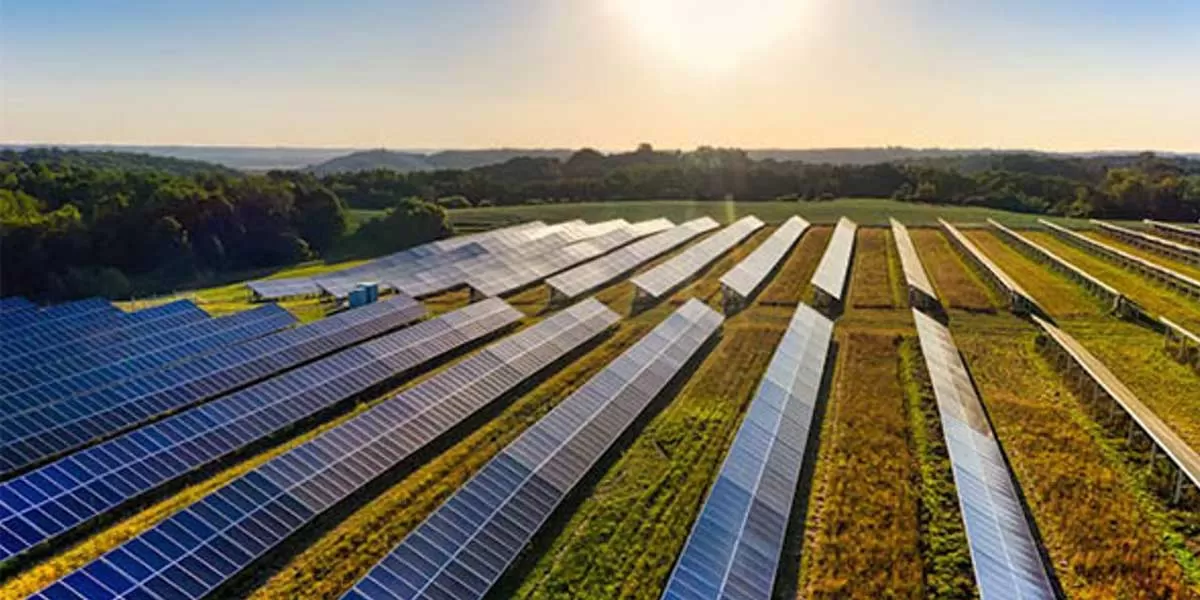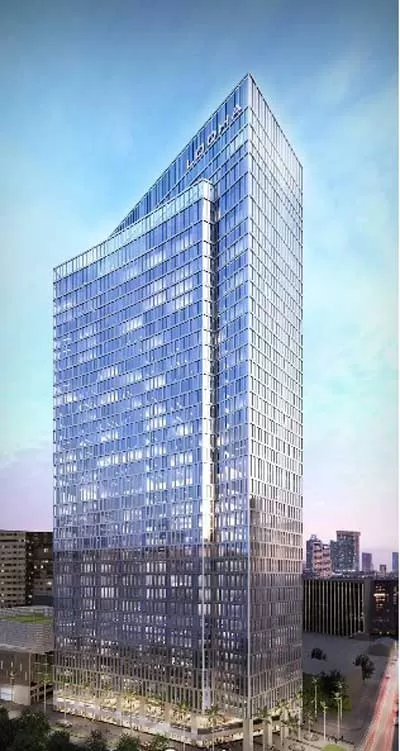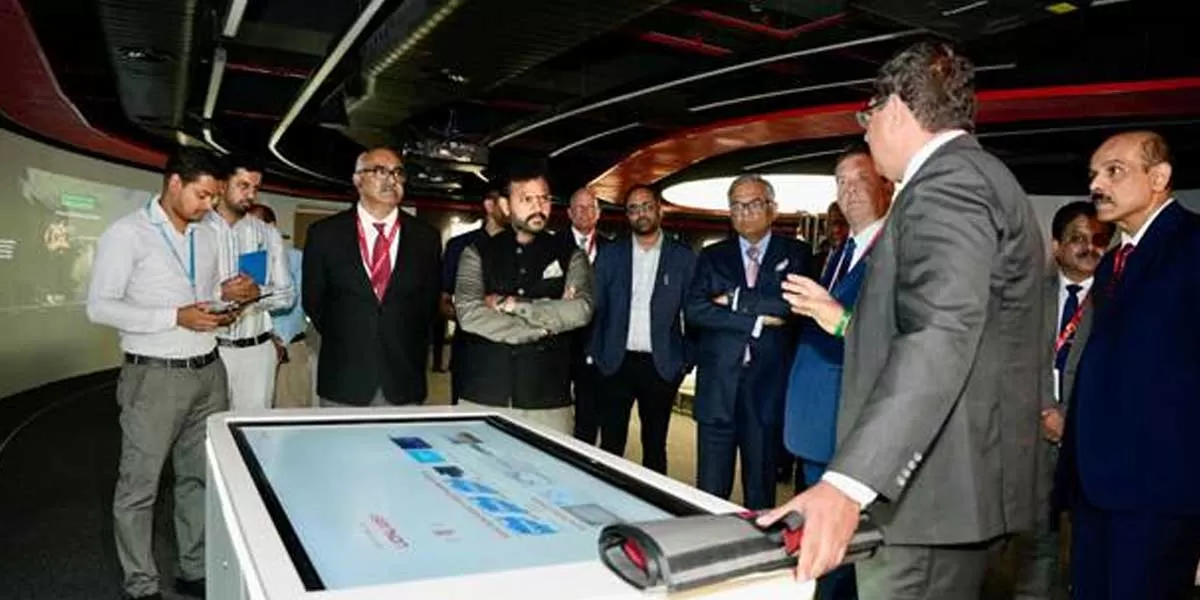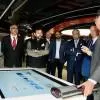India is currently undergoing a revolutionary wave of infrastructure development, propelled by substantial government backing and vigorous economic growth. Recent studies from ICRA and Moody's Ratings indicate that the nation is expected to see significant capital inflows into the transportation and energy sectors, demonstrating its dedication to a sustainable and interconnected future.
Moody's Ratings has emphasised how much money India's energy revolution will take. The country wants to achieve an ambitious goal of GW by 2030, which involves greatly increasing its capacity for renewable energy. According to Moody's predictions, during the following seven years, an investment of between $190 billion and $215 billion will be required. Furthermore, improvements to energy storage, distribution, and transmission will cost an extra $150 billion to $170 billion.
Abhishek Tyagi, Vice President and Senior Credit Officer at Moody's, stated that the substantial pipeline of announced projects would continue to maintain high financial leverage for renewable power companies rated by Moody's over the next 2-3 years, which is considered a credit negative. He further mentioned that the leverage of government-related issuers would remain moderate during the same period due to their relatively strong balance sheets. Tyagi also indicated that although coal would retain a significant role in electricity generation over the next decade, the credit quality of energy companies, particularly those associated with the government would be supported by a robust pipeline of projects and stable government policies, resulting in moderate leverage being maintained due to strong balance sheets. Tyagi expressed expectations for continued strong growth in India's renewable energy capacity, despite coal remaining a major source of electricity generation for the next 8'10 years.
Tyagi highlighted the progress in renewable energy by pointing out the increased share within India's power capacity mix, which had reached around 43% by the end of fiscal 2024. He emphasised that sustained policy support was crucial for India to achieve its 2030 transition targets and the ambitious goal of net-zero emissions by 2070.
ICRA, an affiliate of Moody's in India, projected a significant increase in investments across various transportation infrastructures, including roads, ports, and airports. This surge in investments was anticipated to be driven by strong government support, escalating capital expenditures, and a wide pipeline of upcoming projects.
Girishkumar Kadam, Senior Vice President and Group Head of Corporate Ratings at ICRA, forecasted that road construction would grow by 5% to 8%, reaching 12,500 km to 13,000 km in fiscal 2025, following a robust 20% expansion in fiscal 2024. Kadam predicted that India's road construction would likely see this growth rate, supported by a healthy pipeline of projects, increased government capital outlay, and a greater focus on project completion by MoRTH.
The marine India Vision 2030 calls for a significant expansion of India's marine infrastructure. Over the next 10 years, the strategy seeks to improve port infrastructure and capacity, but because of possible supply-demand mismatches in some areas, it may also result in increased competition and pricing pressures. ICRA predicts that, despite possible obstacles from slowing global commerce and geopolitical concerns, cargo volumes will rise by 6% to 8% in the current fiscal year, led by robust growth in the coal and container categories.
Another important area of concentration is airport infrastructure, where expenditures of between Rs 550 billion and Rs 600 billion are expected over the next three to four years. Under the Airports Authority of India, these investments would finance initiatives including the construction of new greenfield airports, brownfield redevelopment, and airport expansions. With the help of increasing business and leisure travel, better connectivity, and an increase in foreign travel, this development is predicted to increase passenger traffic by 8% to 11%, reaching between 407 million and 418 million passengers in the fiscal year 2025.
Furthermore, ICRA anticipates large data centre investments, propelled by quick digitization and advantageous policy changes. Over the next five to six years, an estimated Rs 1.5 trillion will be spent in this area. ICRA does, however, warn that the addition of large capacities and growing competition could moderate returns for companies in the sector.


















